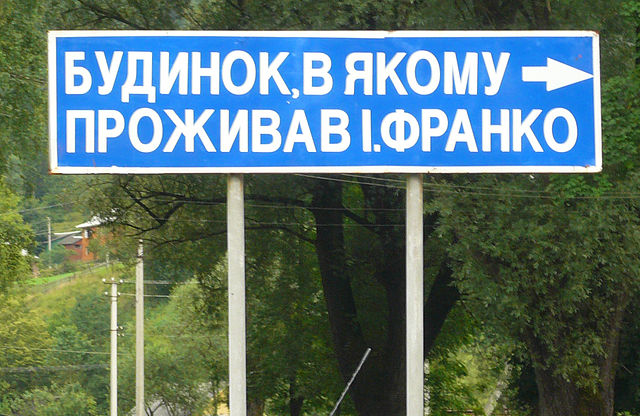Bohdan Zynoviy Mykhailovych Khmelnytsky was a Ruthenian nobleman and military commander of Ukrainian Cossacks as Hetman of the Zaporozhian Host, which was then under the suzerainty of the Polish–Lithuanian Commonwealth. He led an uprising against the Commonwealth and its magnates (1648–1654) that resulted in the creation of an independent Cossack state in Ukraine. In 1654, he concluded the Treaty of Pereiaslav with the Russian Tsar and allied the Cossack Hetmanate with Tsardom of Russia, thus placing central Ukraine under Russian protection. During the uprising the Cossacks led a massacre of thousands of Poles and Jews during 1648–1649 as one of the most traumatic events in the history of the Jews in Ukraine and Ukrainian nationalism.
Portrait of Bohdan Khmelnytsky, second half of the 17th century
Image: Xm avt 2
Portrait of Bohdan Khmelnytsky (c. 1650) in the District Museum in Tarnów. Khmelnytsky obtained ready-made garments from the East. According to a 1651 message, Sultan Mehmed IV sent to him "a samite caftan, one of his honorable royal caftans."
Bohdan Khmelnytsky (left) with Tugay Bey (right) at Lviv, oil on canvas by Jan Matejko, 1885, National Museum in Warsaw
The Ukrainian language is an East Slavic language of the Indo-European language family spoken primarily in Ukraine. It is the native language of a majority of Ukrainians.
"Lenten Triodion" of Kiev Metropolitan Petro Mohyla, 1646
Miniature of St Luke from the Peresopnytsia Gospels (1561).
While Russian was a de facto official language of the Soviet Union in all but formal name, all national languages were proclaimed equal. The name and denomination of Soviet banknotes were listed in the languages of all fifteen Soviet republics. On this 1961 1 Rbl note, the Ukrainian for "one rouble", один карбованець (odyn karbovanets`), directly follows the Russian один рубль (odin rubl`).
Ukrainian language traffic sign for the Ivan Franko Museum in Kryvorivnia.








